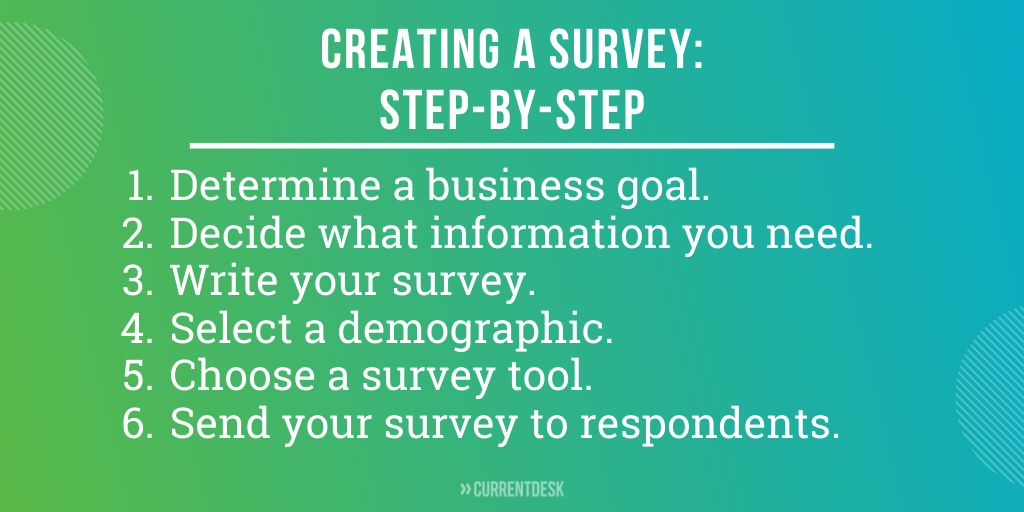DIY Market Research for Forex Brokers
Learn what forex traders want
For forex brokers and other financial service providers, market research might include analyzing trading data to determine how often most investors execute a trade, using surveys to assess what tools traders use most often when making investment decisions, or interviewing traders about why they’ve left a trading firm in the past.
Some market research is secondary, like this data we’ve presented before. In this blog, we’re focusing on how you can conduct primary market research, meaning you gather data and then draw conclusions based on it.
Although you can hire research firms to conduct primary market research for you, it is often expensive to do so. In DIY market research, you use online tools to design questionnaires and send them to people who are a part of the demographic you want to target. DIY market research democratizes the process because small financial firms can now conduct the same kind of research that helps big firms succeed.
Best Practices
If you’re going to invest your time and resources in DIY market research for your brokerage, you want to make sure you get as many responses as possible and you want those responses to help your business.
Define your goals
Before you write any questions, think about why you’re conducting market research. Consider a business goal you want to achieve and then decide how additional information can help you achieve it. For example, you might want to increase the average size of deposits. To achieve this goal, it would be helpful to know what influences traders’ decisions around deposits. Once you know more about your traders’ habits and beliefs about deposits, you can offer tools, marketing campaigns, and incentives that will encourage them to make larger deposits.
Write down a summary of your goals and a list of all the information you’d need to achieve those goals before making any other decisions about your market research.
Create your survey
Once you have a list of all the information you need, you can begin writing survey questions. When designing your survey and writing your questions, you need to keep a couple of things in mind to get the best results.
The two things to consider are how to get a high number of responses and how to get thoughtful responses. Having fewer questions on your survey will help you accomplish both of these goals.
To get a high number of responses, you need a survey that people are likely to complete. The more questions in your survey, the more likely respondents will abandon the survey after they start it. Ask as few questions as possible to evoke the information you need. Having fewer questions will also help you get better responses since the more questions you include, the less time respondents will spend on each one.
Here are other best practices that will help you get the most out of your survey:
- Make sure questions fit on one screen. If respondents have to scroll to read the question, they’re more like to quit the survey or to forget an important part of the question.
- Write explicitly clear questions. If respondents can’t understand what you’re asking, their responses won’t be valuable. Define any terms that your readers must understand. If you send a survey to a broad audience, you might need to make sure they understand forex and currency trading, so you could include a sentence like this: For this survey, “currency trading” means selling one currency in order to buy another as an investment because you believe the price of the currency you’re selling will go down and the value of the currency you’re buying will increase.
- Go from general to specific. Start with questions about the broad category before asking specifics about your brokerage. For example, you need to ask how an investor feels about forex trading before you ask how they feel about your brokerage specifically.
- Start with closed-ended questions. Closed-ended questions are easier for people to answer because they don’t require as much thought. Research shows surveys get the highest number of responses when the first question is a simple multiple choice one.
Tools
Once you’ve decided what information you need and written questions to collect the information, you need a way to send your survey to potential respondents. There are several tools you can use to do this.
Before choosing a tool, decide who you want to complete your survey. You could send the survey to your existing customer or you could send it to people who are a part of the demographic you target in your marketing efforts.
You can likely send a survey to your existing forex clients for free. A survey of your existing clients might help you understand which of your services they value most, and what they wish you offered. This information could help you increase client retention by helping you provide better service.
If you want to send a survey to people who are similar to those you want as clients, you’ll likely need to pay for a company to email your survey to a panel of people who match your criteria. You’ll pay based on the number of responses you want and how specific your target audience is. For example, you’ll pay less per respondent for men in North America than you will for men in North America who are between 25 and 50, work as financial professionals, and have traded forex before.
After you decide if you want your survey sent to panelists, you can choose the best tool for you.
Google has two tools that you can use for sending out surveys.
If you want a basic survey that you can send to your existing clients, then Google Forms is an easy choice. Google Forms is easy to use, and your data can automatically go to a Google Sheet. However, the tool doesn’t have many extra features. You can add skip logic, which takes a respondent to different questions based on the answers they choose. However, beyond that, you’ll be limited in the kind of logic you apply.
If you want to send your survey to a larger group of panelists, you can use Google Surveys. This tool always you to write a more complex survey and have it sent to people who fall into your specific demographic.
SurveyMonkey
SurveyMonkey has both free and paid plans. The free version of SurveyMonkey is similar to Google Forms. However, for about $400 you get a one-year subscription to a much more feature-rich version of the product. You may want to try creating a free survey with SurveyMonkey and only upgrade when needed.
If you want to send your survey to a larger panel of people, use SurveyMonkey Audience. You can even calculate the cost first to see how much you’ll spend.
Market research is completely within your reach as a small forex broker. You can use it to learn what your clients want and how you can keep their business, and you can do that without spending any money. If you invest some money in the project, you can also learn more about the kind of people you want as clients.
When you know more about your clients and leads, you can create marketing materials and offers that will appeal to everyone you want to work with.






Comments are closed.